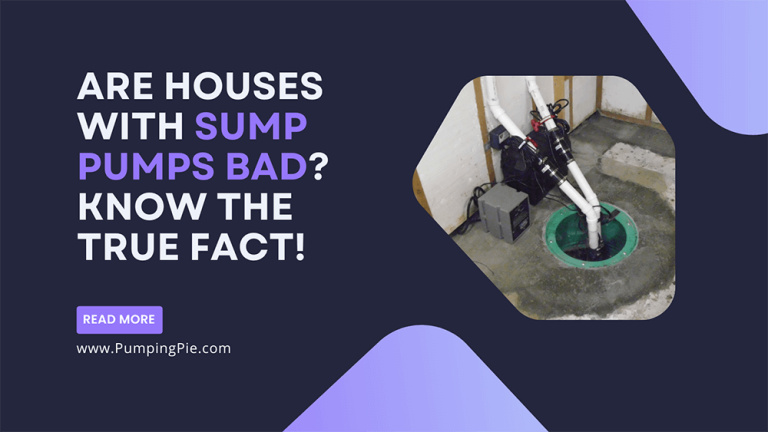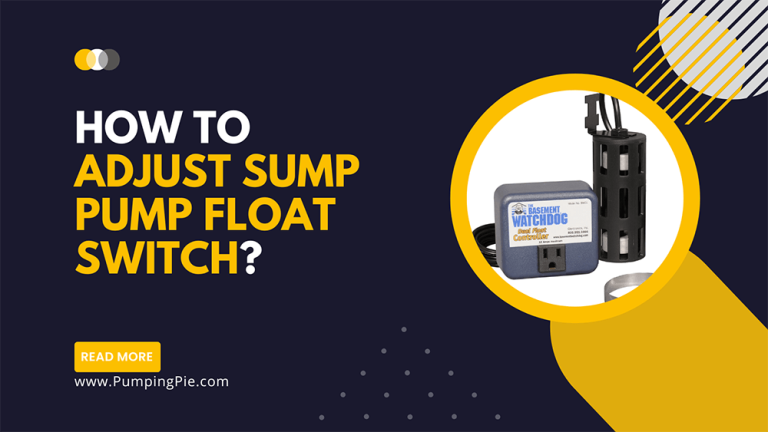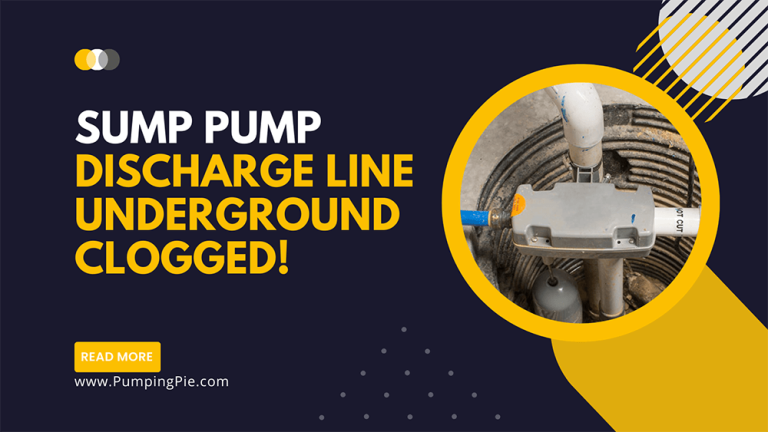How To Clean a Submersible Pump Like a Pro?
For those who live beyond the city’s water system, a submersible pump is a blessing for them. It offers rural residents a way of having water to meet their daily requirements. To meet the customer’s requirements, these water pumps come in different sizes and capacities.
However, they need regular maintenance to function properly. If you keep it uncleaned, a dirty water pump’s water supply contamination may lead to disease.
That’s why in this article, we’ll discuss how to clean a submersible pump.
How To Clean A Submersible Pump?

Here we’ve talked about some steps that’ll help you to know how to clean a well pump. So let’s get started.
Step 1: Turning Off the Electrical Source
First of all, you have to turn off the electrical connection from the pump. By doing so, you’ll ensure your safety and eliminate any types of hazardous situations that could happen.
Step 2: Removal of Pump
If you have a large pump or a deep well, this may be a challenging operation. The pump must be physically removed. Pulling a rope attached to a pump that’s been removed will be done by another individual who’s above ground or in a well.
During the process of lifting the pump, you will aid the person above by steadily climbing, ensuring that the pump isn’t harmed.
Step 3: Finding the Water Inlet
The Water inlet is an important part of a submersible water pump because it filters dirt from getting into the pump. To clean the pump, you have to clean the water inlet too.
But if you haven’t cleaned the pump for a long time, there’s a high chance that the water inlet is covered by moss and debris.
That’s why finding the inlet pump might be challenging. However, water inlets are usually located halfway between the top and bottom of submersible well pumps.
Step 4: Cleaning The Water Inlet
Once you find the water inlet, it’s time to clean it. As the dirt and sand clog the water inlet, you have to clean the inlet manually and gently.
Brushing the water inlet with a rug is the next step in the process of eliminating the moss. Then you can use a brush to clean the water inlet’s most difficult-to-access areas.
Step 5: Returning The Pump
After the cleaning, you can return the pump to its original position. But make sure you have a buddy to help you lower the pump and reinsert it as you go down the well.
Step 6: Checking The Pump
After cleaning the pump, the next step is to make sure it’s working properly. Check to see whether water is being pumped out by turning on the power.
FAQs
Is it necessary to clean submersible pumps?
The capacity and size of these well pumps may be customized to fit the end customer’s needs. To maintain a consistent flow of water, submersible well pumps must be cleaned regularly, particularly if they’re not self-cleaning.
What is the best method to clean a water pump?
Remove any remaining particles from the metal by wiping them off with a cloth. Steel wool may be used to clean and polish the impeller rod. You should avoid using soap to clean the interior of your water pump, particularly while you’re using it to dispense drinking water.
How do you flush a submersible pump with water?
Remove the valve assembly first. After that, slowly lift the block out of the well and then swiftly lower it back to draw and discharge water into the tube. Continue this procedure to ensure that water can flow through the tubes. Slowly but swiftly drop the pipe into the well.
How long is a submersible well pump expected to last?
The typical life expectancy of a 3-wire and 2-wire well pump is 10 to 15 years, respectively.
Conclusion
So far, you’ve got to know how to clean a water pump. It might seem not easy if you’re cleaning a pump for the first time, but following the discussed steps will get easier. However, with regular maintenance, you can get rid of stubborn dirt stuck to the pump.
As an Amazon Associate, I earn from qualifying purchases.

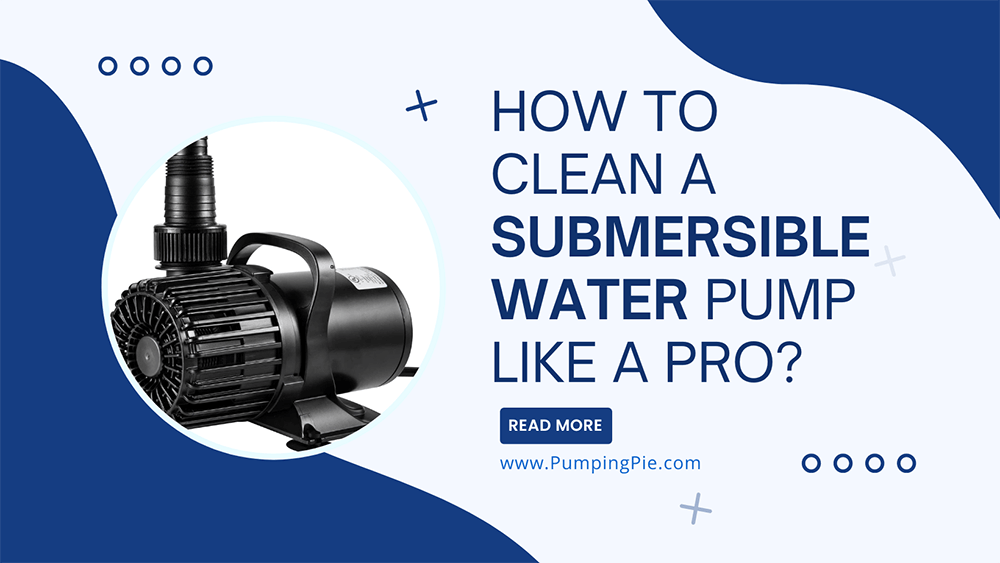
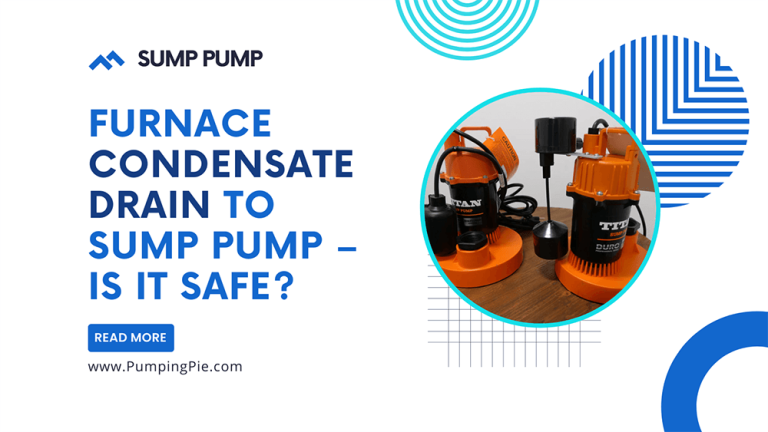
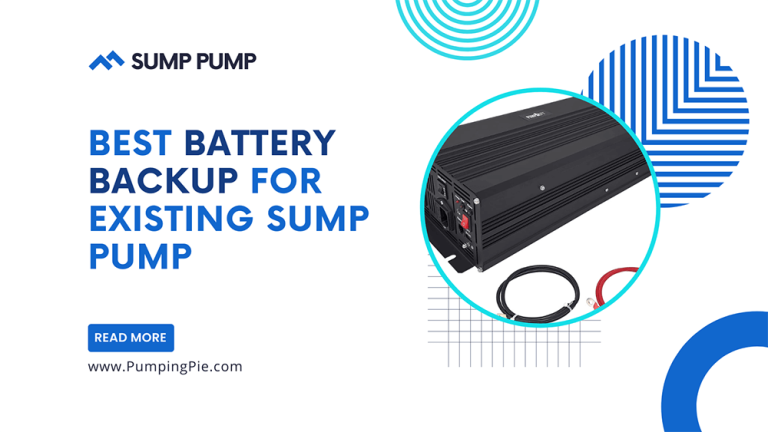
![How To Unfreeze Sump Pump Discharge [Repair Guide & Fixes]](https://pumpingpies.com/wp-content/uploads/2022/08/How-To-Unfreeze-Sump-Pump-Discharge-Repair-Guide-Fixes-768x432.png)
